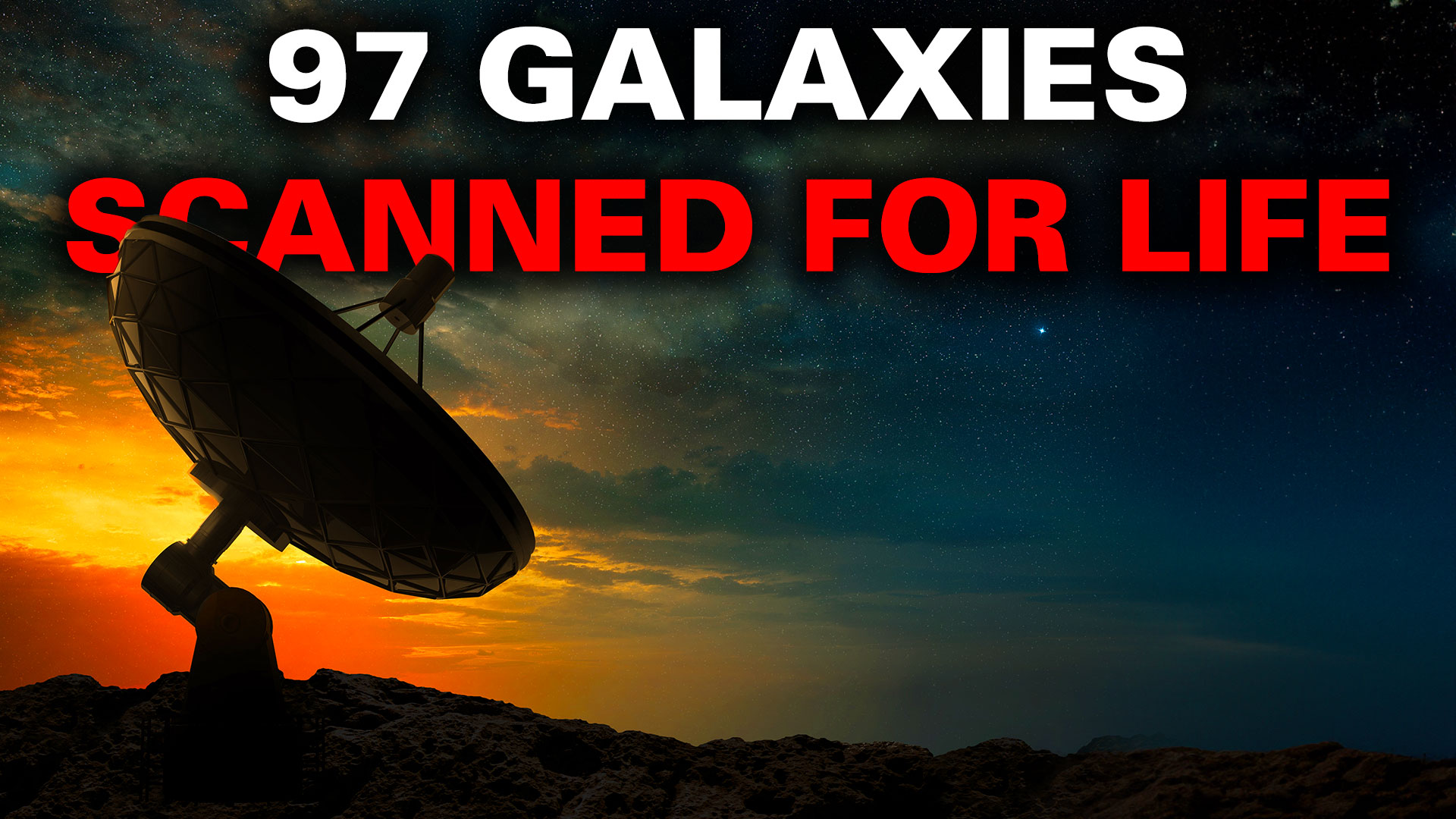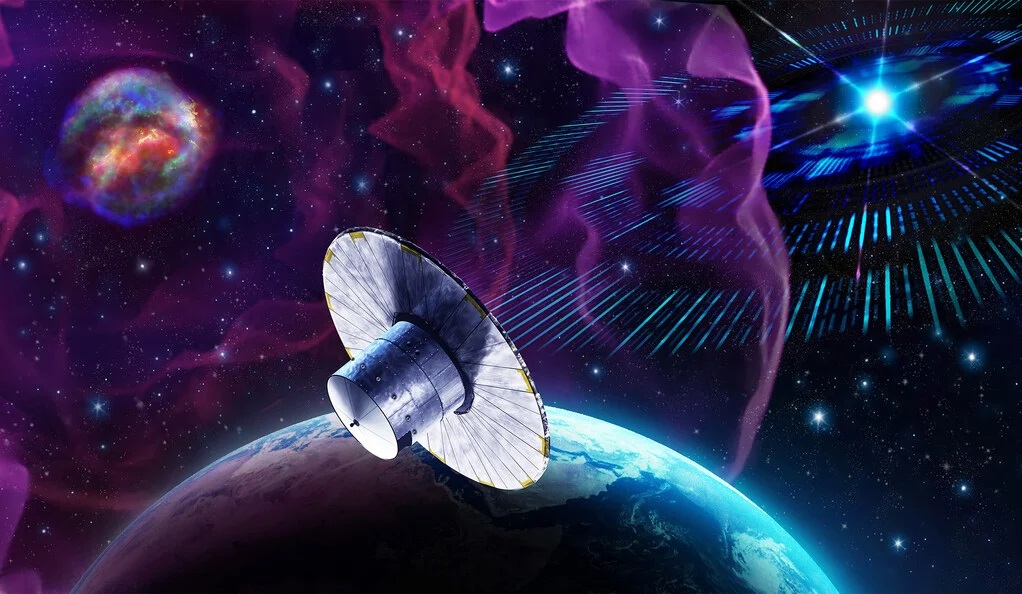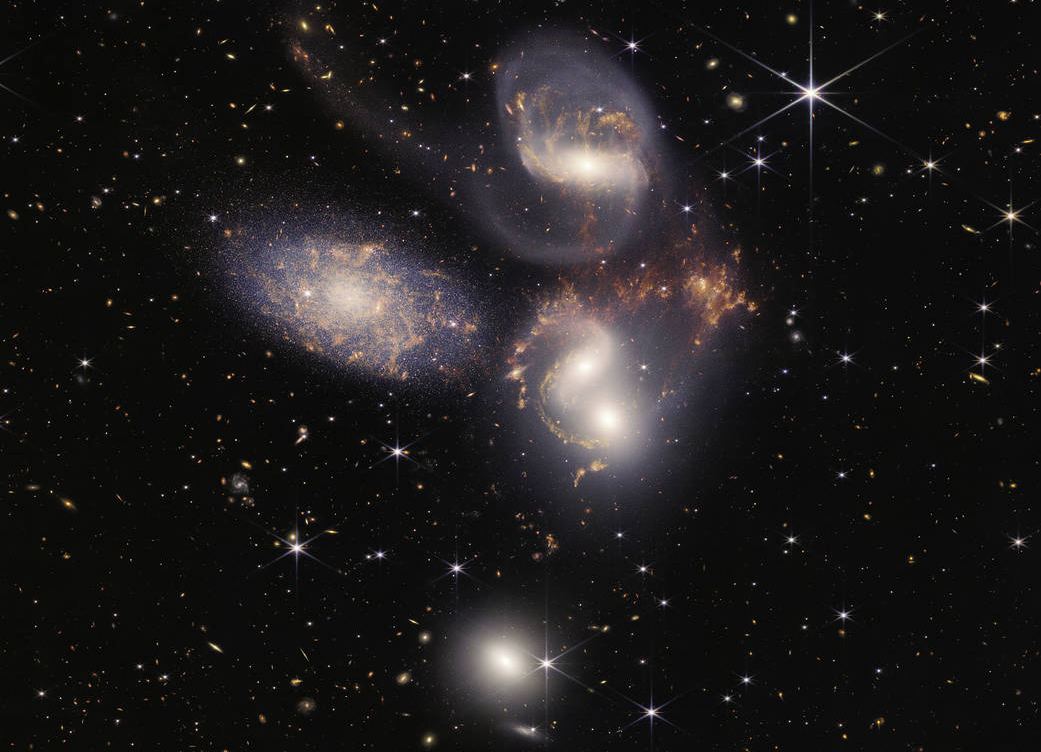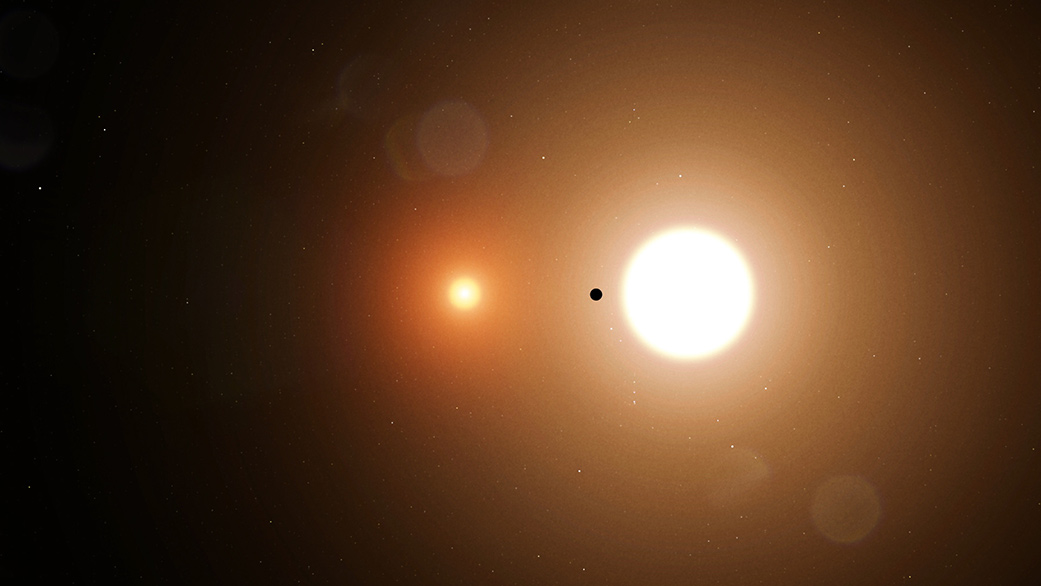The European Space Agency’s Gaia Observatory has been operating steadily at the Earth-Sun L2 Lagrange Point for almost a decade. As an astrometry mission, Gaia aims to gather data on the positions, proper motion, and velocity of stars, exoplanets, and objects in the Milky Way and tens of thousands of neighboring galaxies. By the end of its primary mission (scheduled to end in 2025), Gaia will have observed an estimated 1 billion astronomical objects, leading to the creation of the most precise 3D space catalog ever made.
To date, the ESA has conducted three data releases from the Gaia mission, the latest (DR3) released in June 2022. In addition to the breakthroughs these releases have allowed, scientists are finding additional applications for this astrometric data. In a recent study, a team of astronomers suggested that the variable star catalog from the Gaia Data Release 3 could be used to assist in the Search for Extraterrestrial Intelligence (SETI). By synchronizing the search for transmissions with conspicuous events (like a supernova!), scientists could narrow the search for extraterrestrial transmissions.
Continue reading “Variable Stars can Tell us Where and When to Search for Extraterrestrials”









